Earlier this week a survey of Police Scotland officers found 86% of female officers had either witnessed or been on the receiving end of sexist or misogynistic behaviour.
Officers who raised concerns felt they had a “target on their back” and expressed fears that a “boys’ club culture” exists in many parts of the national force.
Sadly it did not surprise me that the proportion of female officers subject to this behaviour was so high.
‘Disguised as banter’
Sexism and misogyny, often disguised as banter, has had a corrosive effect on Scottish policing for too long.
Reading the report it was difficult to conclude that much has changed since my own early police service more than twenty years ago.
Whether a female officer is witnessing offensive jokes made in the back of a packed van held in reserve or a member of police staff hearing inappropriate comments made about officers or potentially unknowing members of the public, the pressure not to make a scene is real.
“You can’t say that in front of her” is well meaning, but fails to recognise that inappropriate comments are inappropriate regardless of the audience, and simply adds to the pressure to laugh things off and stay part of the in-group.
A fortnight ago the Chief Constable declared that the police service was institutionally sexist, racist and homophobic.
Iain Livingstone has previously stated that he believes the police service needs to work towards becoming anti-racist.
Many officers, including the Scottish Police Federation, were shocked.
Having a woman in the top job does not automatically mean all of an institution’s problems are resolved.
The vast majority of those in our police service are hardworking and diligent public servants and some feel that their position in the communities has been undermined. It’s clear that more work should have been done internally to prepare officers for the announcement and that much work now needs to be done to ensure that it is a starting point for change.
Turning this into a debate over whether problems are structural or the product of a few bad apples rather misses the point, and forgets the rest of the saying – poisons the whole barrel.
Big job for next chief constable
In some ways, the statement was perhaps easier for Iain Livingstone to make due to his upcoming retirement. It will be for his successor to interpret his statement and take their organisation forward.
The challenge now is to turn the statement and reports of recent weeks, months and years into actions that will change the culture and ensure that Police Scotland actually properly reflects the communities that it serves.
In particular, that will mean a focus on equipping first line managers and supervisors to call out and tackle inappropriate behaviours.
Reporting and addressing these issues must be improved so that every officer can have confidence that the police are a supportive working environment in which they are judged on the work they do. That will not be easy.
If you are a senior officer in Police Scotland now, you will have been a police officer for a number of years, with knowledge, skills and connections across the service. That is the reality of the recruitment and promotion processes that currently exist.
Everyone starts as a police constable and is culturally shaped by it. It will require leadership of those who have come through these ranks to effect real change.
Given the scale of the challenge, some have suggested that this means the next Chief Constable should be a woman.
While Iain Livingstone’s successor will need a commitment to pushing through the reforms the service needs as well as an excellent operational record, I think it is important that it is based on merit not symbolism.
As Cressida Dick’s recent stint at the top of the Met indicates, having a woman in the top job does not automatically mean all of an institution’s problems around discrimination are resolved.
There will be plentiful challenges awaiting in the new Chief Constable’s in-tray: the ongoing investigation into the Scottish National Party’s finances, the significant pressures being experienced by both police budgets and the wider criminal justice sector as well as the current fall in police numbers, driven by a variety of factors.
It is vital that, amidst these operational demands, that policing in Scotland does change for the better.
Without these changes trust in policing will continue to erode and the very concept of policing by consent will be at risk.
Wendy Chamberlain is a former police officer and has been MP for North East Fife since 2019.


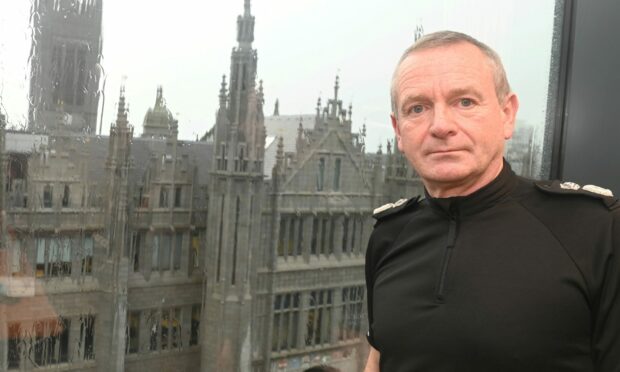
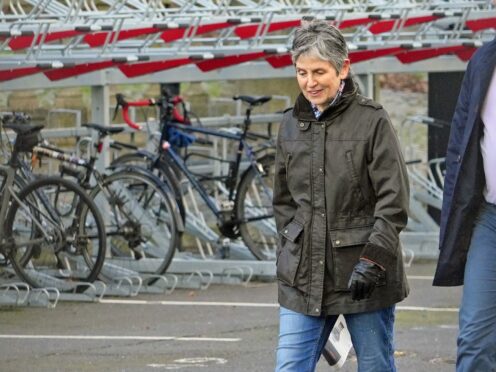
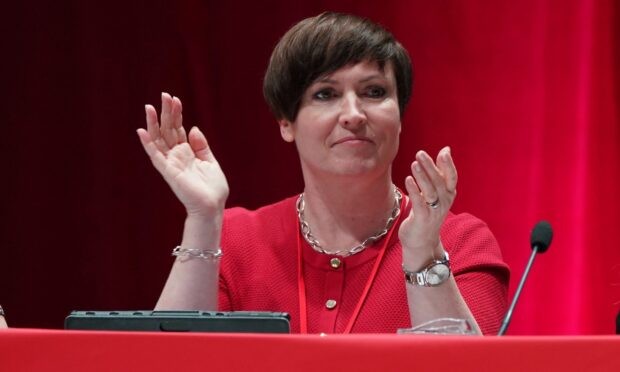



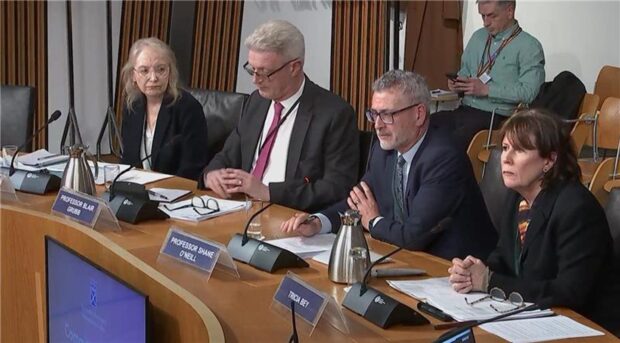
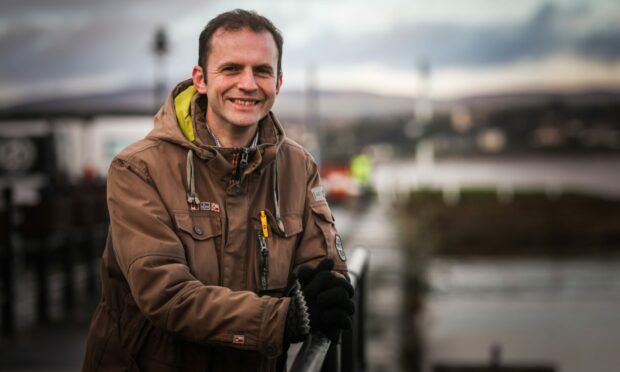
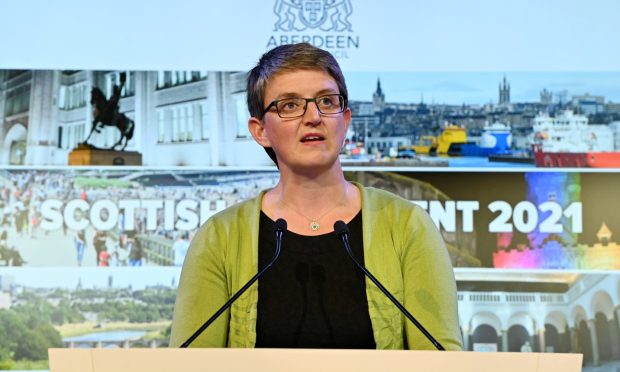
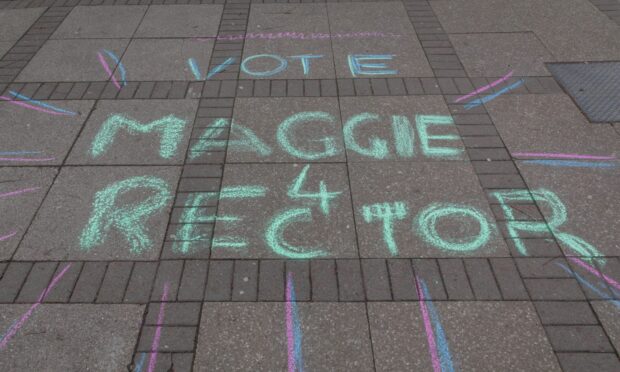


Conversation